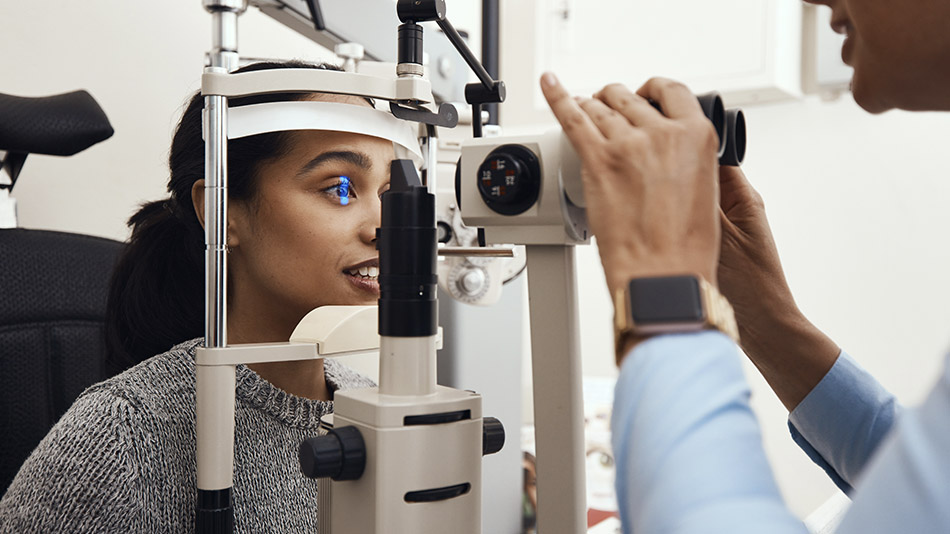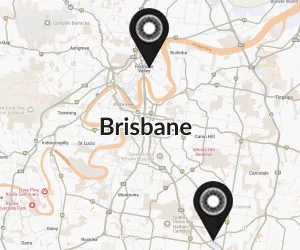
Can LASIK Treat Lazy Eye?
If you or someone you know has been diagnosed with a lazy eye, or amblyopia, you might be curious about treatment options. LASIK (Laser-Assisted In Situ Keratomileusis) is well-known for correcting refractive errors like myopia, hyperopia, and astigmatism, but can it treat a lazy eye? Let’s explore what amblyopia is, how it differs from other vision problems, and whether LASIK can be a solution.
Understanding Lazy Eye (Amblyopia)
Amblyopia, commonly known as lazy eye, is a vision development disorder where one eye fails to achieve normal visual acuity, even with prescription eyeglasses or contact lenses. This condition typically develops from birth up to age 7 years and is the leading cause of decreased vision among children. It occurs when the brain and the eye don’t work together properly, and the brain favours one eye over the other.
Common causes of amblyopia include:
- Strabismus: Misalignment of the eyes.
- Refractive Errors: Significant differences in the prescription (nearsightedness, farsightedness, or astigmatism) between the two eyes.
- Deprivation: Obstruction of vision in one eye, such as cataracts.
How LASIK Works
LASIK is a laser eye surgery that reshapes the cornea to correct refractive errors. The procedure involves creating a thin flap on the cornea, using an excimer laser to reshape the underlying corneal tissue, and then repositioning the flap. This reshaping allows light entering the eye to be properly focused onto the retina, resulting in clear vision.
Can LASIK Treat Lazy Eye?
The short answer is no, LASIK cannot cure amblyopia itself. Amblyopia is a neurological condition where the brain favours one eye over the other, and LASIK cannot change how the brain processes visual information. However, LASIK can play a supportive role in managing some aspects of the condition, particularly if there are underlying refractive errors.
LASIK and Refractive Errors in Amblyopia
While LASIK cannot directly treat amblyopia, it can correct significant refractive errors that might contribute to or exacerbate the condition. For example, if a person with amblyopia has a large difference in prescription between their two eyes, LASIK can help balance the vision by correcting these refractive errors. This can make it easier for both eyes to work together and may improve overall visual function.
However, it’s important to understand that LASIK will not improve the visual acuity of the amblyopic eye to normal levels if it has not been properly treated during childhood. The best outcomes for amblyopia typically involve early intervention with treatments such as:
- Eye Patches: Covering the stronger eye to force the weaker eye to work harder.
- Atropine Drops: Blurring the vision in the stronger eye to encourage use of the weaker eye.
- Vision Therapy: Exercises designed to improve the eye-brain connection.
Considering LASIK for Amblyopia Patients
If you have amblyopia and are considering LASIK, it’s crucial to have a thorough evaluation with an experienced ophthalmologist. They can assess the health of your eyes, determine the extent of your refractive errors, and discuss realistic outcomes for the surgery.
Benefits of LASIK for Suitable Candidates
For those who are suitable candidates, LASIK can offer several benefits:
- Improved Vision: Correcting refractive errors can lead to significantly better vision in the non-amblyopic eye and potentially improve the function of the amblyopic eye.
- Convenience: Reducing or eliminating the need for glasses or contact lenses can enhance daily life and activities.1Saragoussi JJ, Djadi-Prat J, Lebuisson DA, et al. Quality of life after LASIK: part II. Quality of life and satisfaction of a population of patients treated with LASIK [in French]. J Fr Ophtalmol. 2011;34:294–302.
- Quick Recovery: Most patients experience a rapid recovery with noticeable improvements in vision within a few days.2Probst, The Optimization of LASIK, International Ophthalmology Clinics 48(1):p 9-16, Winter 2008. https://journals.lww.com/internat-ophthalmology/citation/2008/04810/the_optimization_of_lasik.5.aspx
While LASIK cannot cure amblyopia, it can help address significant refractive errors that may contribute to the condition. If you have amblyopia and are considering LASIK, a comprehensive evaluation by an experienced ophthalmologist is essential to determine if you’re a suitable candidate and to discuss potential outcomes.
Take the First Step
Ready to explore your options for better vision? Take our self-test today to see if LASIK is a good fit for you. Our team at our refractive clinic in Brisbane is here to guide you through the process and answer any questions you may have. Don’t wait—start your journey to clearer vision now!
ARE YOU SUITABLE?
Check your laser eye surgery suitability online with our free LASIK self-test
OUR MOST POPULAR PROCEDURES

Hi, I’m Dr. Matthew Russell, a laser and cataract surgeon
HI I’M DR. MATTHEW RUSSELL A LASER EYE AND CATARACT SURGEON
With over 15 years of experience, I enjoy the privilege of helping patients of all ages reclaim clear vision or preserve it for as long as possible.
Vision correction and high-precision cataract surgery hinge on the expertise and skill set of the provider who also has access to the most precise tools for the job. Ophthalmic surgeons like me know how to make treatment safe, comfortable and positive for the patient. They know how to minimise the risk of complications and maximise successful outcomes.
I have a passion for helping my patients enjoy the clear, high-definition vision they need to live rich and active lives. Now, I have hand-picked a team of professionals that share my passion and commitment to exceptional care.
Dr. Matthew Russell
MBChB, FRANZCO





